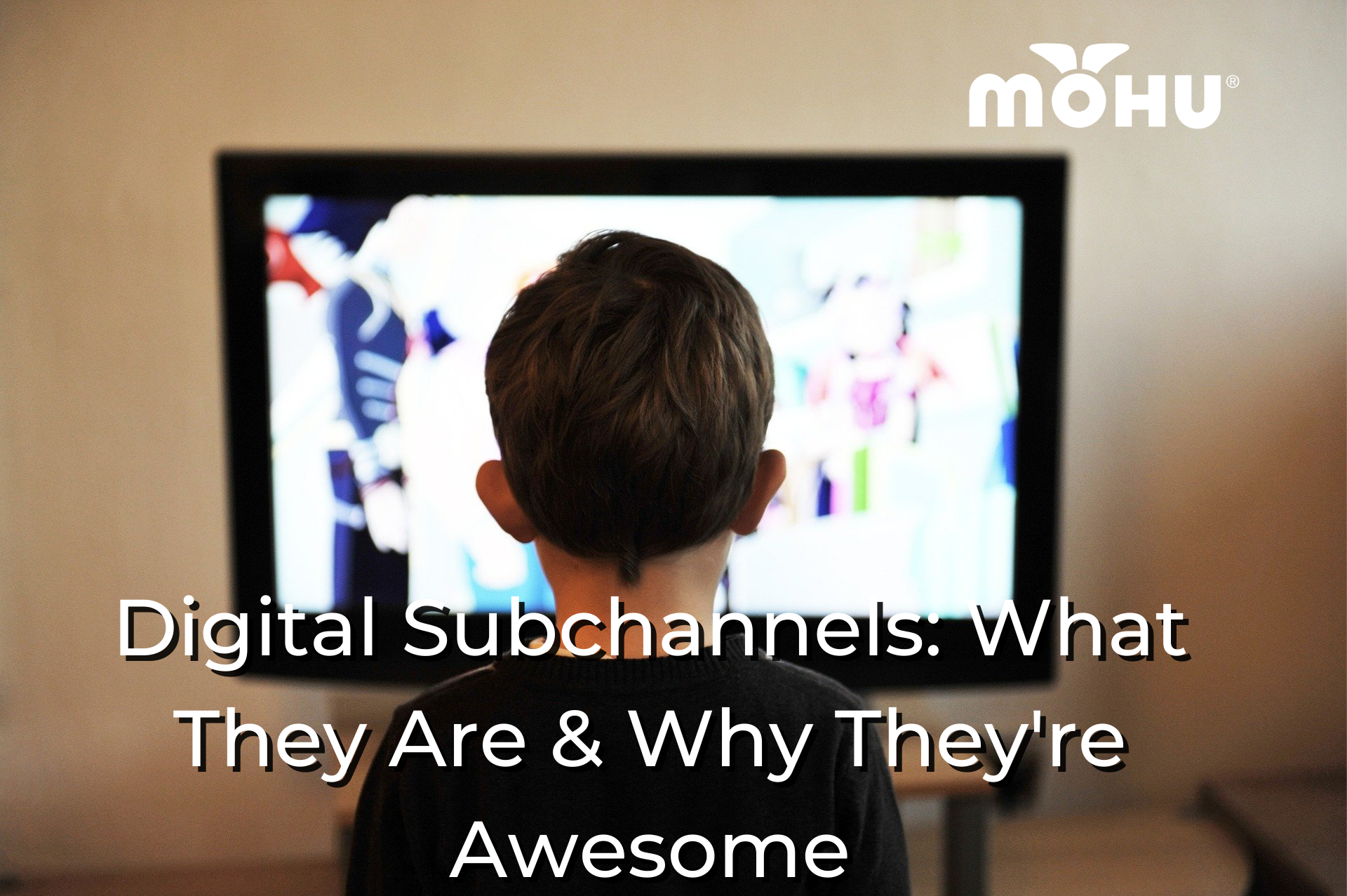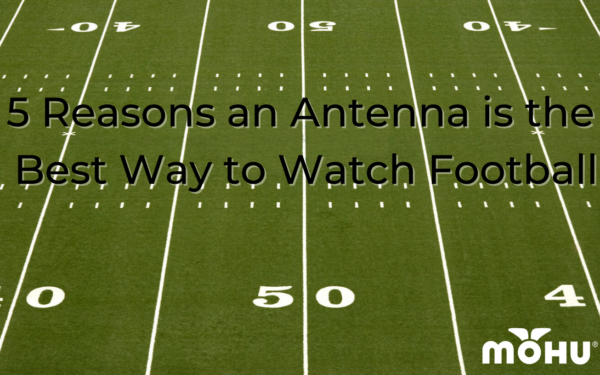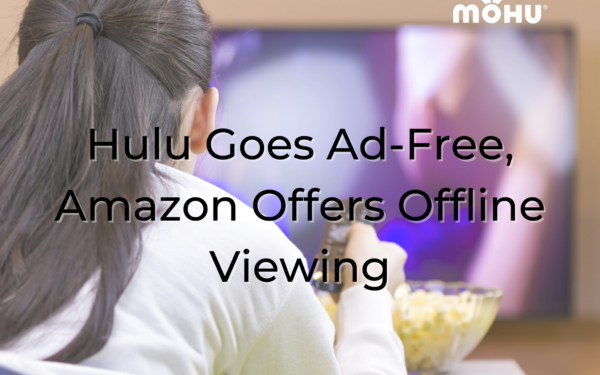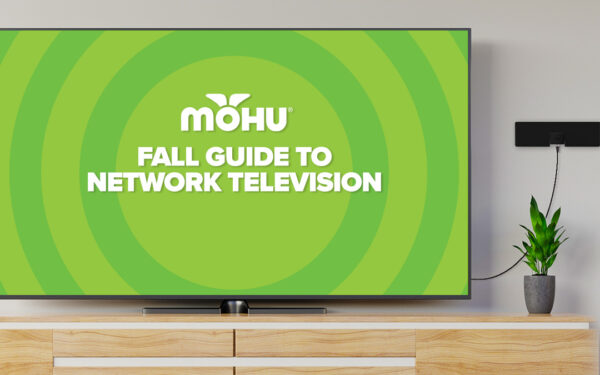Before I made the choice to cut the cord, I was oblivious to the world of television outside of cable. When it came to cable and television, I thought it was all or nothing; but in reality there are more options than I ever dreamed of. When all the broadcast networks made the transition from analog to digital signal, one of the coolest things that happened was it allowed for the creation of what are called subchannels.
What are digital subchannels
Subchannels are extra broadcast signals that overlap the main signal. An even easier way to understand subchannels is to think of them as people sharing the same car on the way to work. Just like a car, a signal can carry only so many subchannels. Broadcasters send a signal of 19.39-megabit-per-second (Mbps) and each subchannel, depending on its quality, takes up some part of that 19.39 Mbps.
Whereas regular channels are marked by 1, 2, 3, etc.; subchannels are marked by decimal points. For example, if your local NBC station is on channel 3; its corresponding subchannels will be 3.2, 3.3, and so on. This concept can be a little confusing at first, but give it a little time and it will start to make sense.
How to access subchannels & what’s playing
Subchannels are great because they expand the amount of content available through an Over-the-Air (OTA) antenna. Local stations are under no obligation to have a subchannel and are more or less free to broadcast what they want. Because of this, you will be surprised at the types of programming you can find on local subchannels.
Some stations broadcast their Doppler radar, local high school sports, old television shows and movies; I’ve even seen an elementary school dance recital that took place on a soccer field. This year’s International Bluegrass Music Association even had their World of Bluegrass awards show broadcast on a local subchannel. If you’re a fan of old school and offbeat television, subchannels can provide hours of free entertainment. Check out our detailed write-up of some of the amazing classic TV shows you can enjoy with your antenna thanks to Antenna TV.
Why an antenna over cable or satellite
If you’re wondering why you’re just now hearing about subchannels, that’s because you probably have cable. Cable television providers typically don’t use sub-channels (with the exception of music channels). With cable you will have limited access to sub-channels and typically cable providers make them hard to find by placing them in the upper end of the channel range (channels 500 and higher). Satellite providers are even less likely to carry sub-channels since they try to pack as many different stations onto the satellite and are limited to how many they can carry.
Even if cable had the same selection and ease of access to subchannels, getting your subchannels through cable would be ill-advised. The cheapest cable subscription you’ll find will still run you somewhere around $30-$40 a month. Why pay that every month when you could get an antenna for the same price – and you only pay once?
Simply put, getting an OTA antenna is by far the cheapest and easiest way to access digital subchannels. When most people think of OTA broadcasts and antennas, they think about the rabbit ears of yester-year. Years ago, antennas would be lucky to pick up four channels and even luckier still if you had a clear picture.
Today, that’s all changed. Not only can you get access to most of today’s top TV shows, but you can also catch all the retro and esoteric programming you want on subchannels. It may not be as sleek and sexy as Netflix or Amazon Prime, but it is hard to deny the high amount of quality content found on broadcast networks and their subchannels.
Cable providers want you to think you don’t have a choice. They want you to think it’s all or nothing; but they are wrong. Cutting the cord was one of the best things I did for my wallet; and best of all I didn’t have to give up any of my favorite shows. If you’re tired of being overcharged and mistreated by the big cable companies, then you know what you must do.
Stop struggling, cut the cord, and kill your cable bill today! If you would like to know what the subchannels in your area are, check out this state-by-state list of all the digital subchannels in the US.
Dave Kennedy is a long time cordcutter who became increasingly frustrated with the high cost of Cable TV and decided to make a stance. In 2011 he launched KilltheCableBill.com, a site dedicated to helping people save money through providing simple, cost-effective cable TV alternatives. Sine then, David has helped 1,000s of people cancel their cable subscription while keeping the shows they love.




